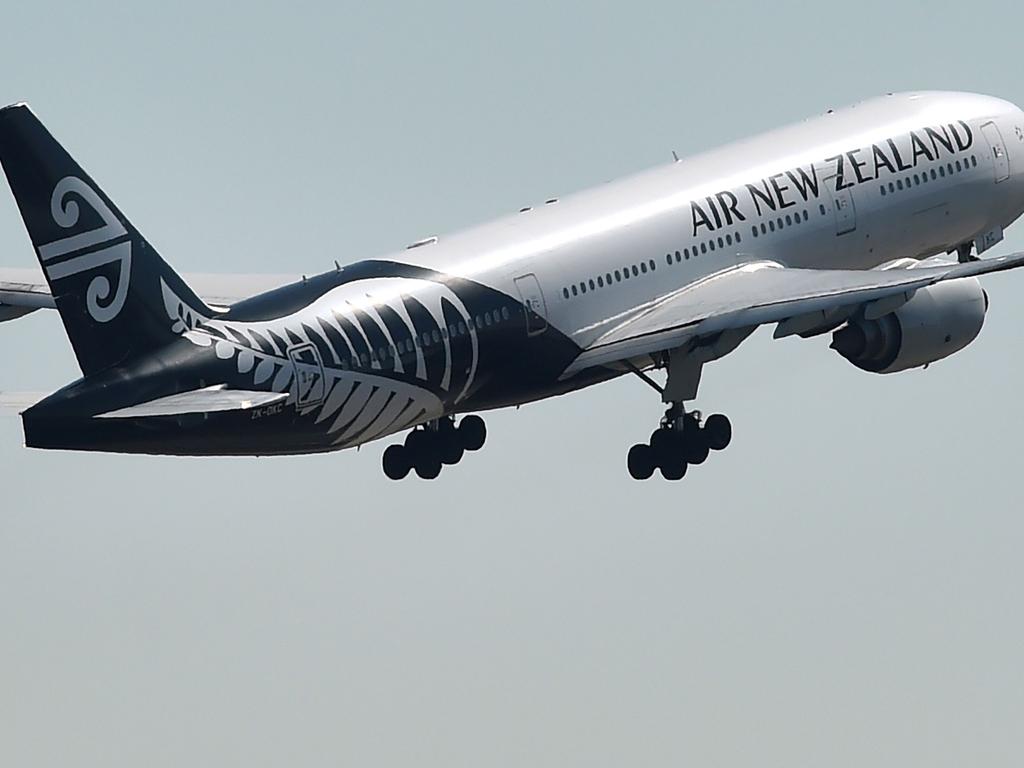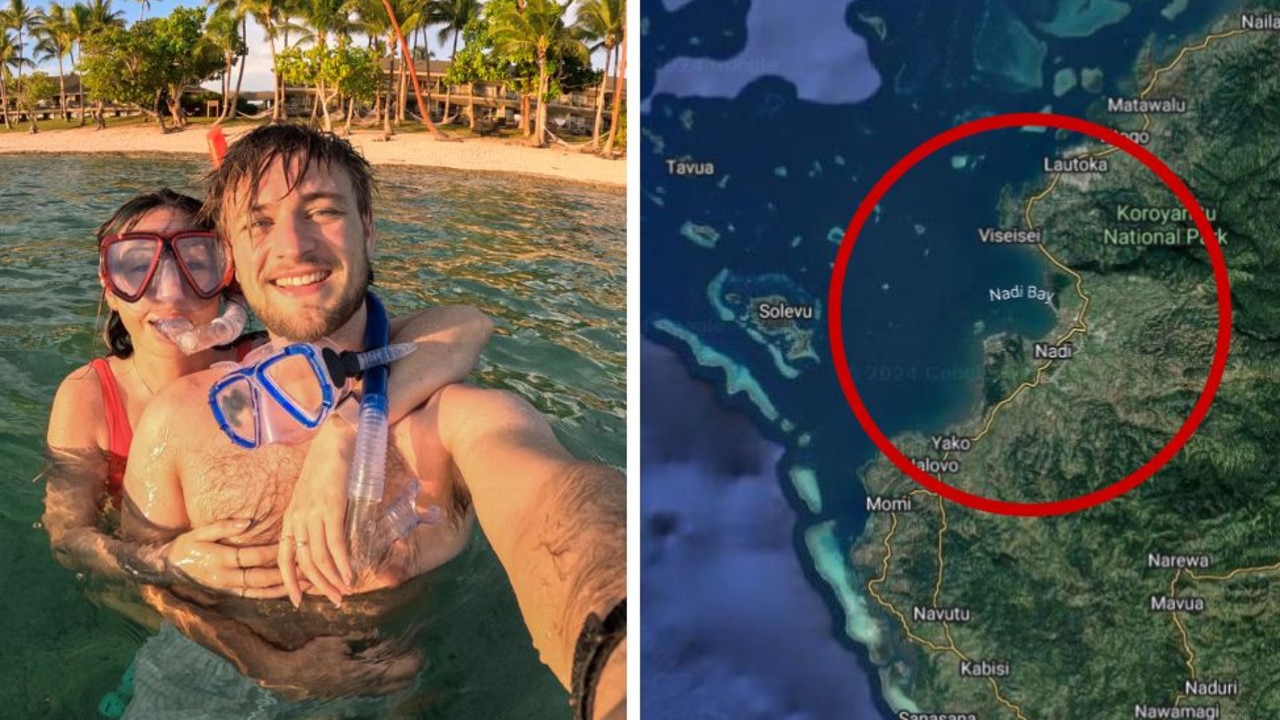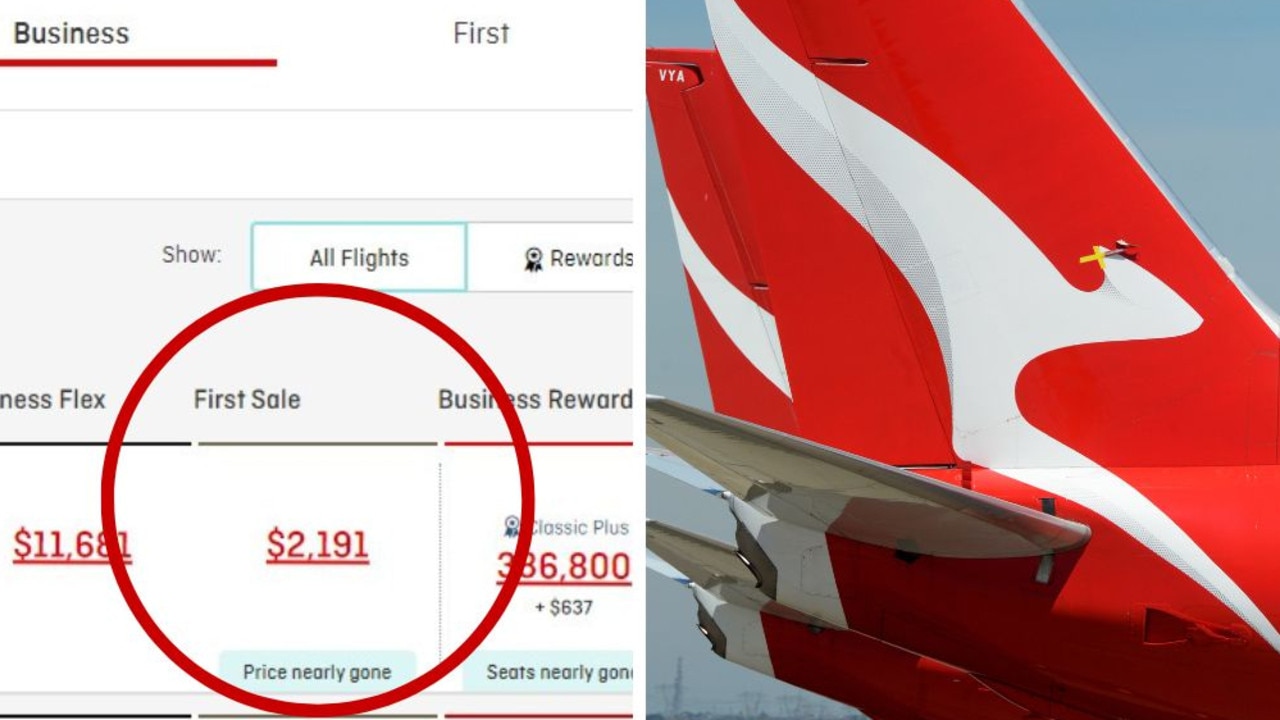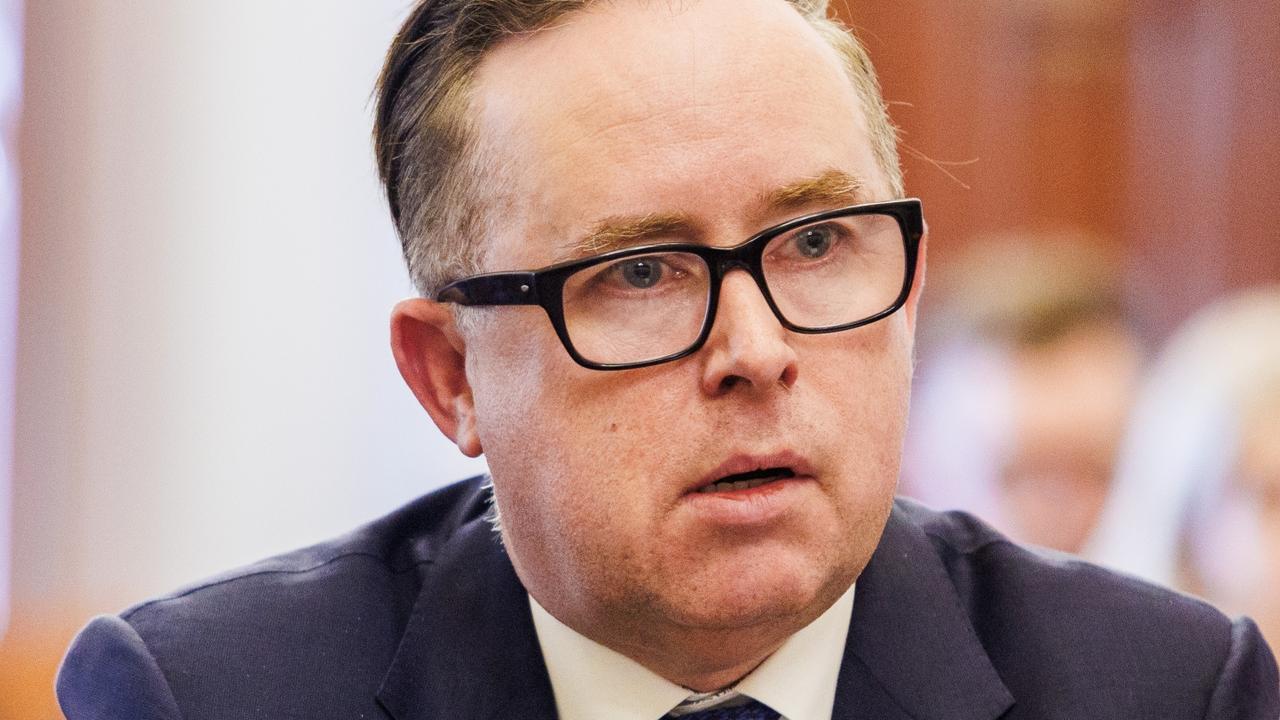Sneaky ‘inactivity’ fee on travel cards stings Aussies amid travel ban
It’s been six months at least since we last went overseas and as the travel ban continues, this monthly charge could be an extra hit you don’t need.
Our passports, suitcases and other holiday gear have collecting dust for months now.
But with most international travel unlikely to return this year, if you have an overseas travel money card loaded with foreign currency, there’s a good reason to dust it off, log into your account and make sure you’re not being slugged with unexpected charges.
Many travel money cards — which customers pre-load with foreign currency to spend overseas — have monthly inactivity fees in their terms and conditions that kick in if the card hasn’t been used for a certain period, usually 12 months.
This means for many Australians, depending on what card they’re using, the 12-month inactivity fee could be starting to bite if they still have leftover foreign currencies from a trip last year.

“Not all travel money cards have inactivity fees,” finder.com.au editor-in-chief and travel guru Angus Kidman told news.com.au.
“If you have got a Travelex or 7-Eleven travel card you could still end up paying an inactivity fee, so it could be a good idea to withdraw your funds altogether.”
Inactivity fees are only charged if there is a balance on the account, Mr Kidman said — which is why withdrawing the funds is a way to avoid the charge while keeping the account active.
RELATED: Follow the latest coronavirus updates
RELATED: New South Wales brutally singled out
There are reasons some people may have been using their travel money cards even though they haven’t been travelling during the pandemic — some can be used for overseas online purchases while others can earn frequent flyer points.
“If you’ve got Australian funds loaded on your card it could be worth using it to fund your everyday purchases,” Mr Kidman said.
But if those American dollars, euros or yen are just sitting dormant in your account, it might be worth getting them out.
“There is talk of a travel bubble between Australia and neighbouring Pacific countries but nothing is confirmed. The unpredictability of the pandemic means travel is off the cards for now,” Mr Kidman said.

“The best thing to do would be withdraw your funds from your card. The money is better off being available during these times of economic uncertainty, not left waiting to be used sometime in the unforeseeable future.”
Finder.com.au has a guide on how customers can get the remaining money off their particular travel money card.
Federal Treasurer Josh Frydenberg has said Australians were not expected to travel overseas until late 2021, with last week’s Federal Budget assuming international travel would not be possible until there was a COVID-19 vaccine.
“International travel, including by tourists and international students, is assumed to remain largely closed off until late next year and then gradually return over time, and a vaccine to be available around the end of 2021 is one of the assumptions in the budget,” Mr Frydenberg told the National Press Club.
The Federal Government has, however, struck up a travel bubble arrangement with New Zealand, which would see New Zealanders visit NSW and the Northern Territory quarantine-free from Friday, with Australians to make their own journey across the ditch at a later, undetermined date.
The government is also believed to be in discussion with nations including Japan, South Korea and Singapore about the possibility of establishing a travel link there.




